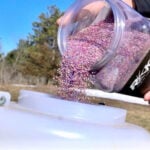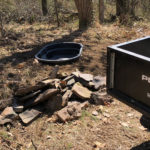Spring Food Plots & Fall Food Plots
The first thing to keep in mind when it comes to food plots is there are really two times when it makes sense to grow your food plots, spring and fall.
I will outline practices that I have found successful in each of these growing seasons below. To be honest, I have had much better success with fall plots when compared to my spring plots. I feel this is because of competition your seed will face with other seed native to the area in the spring.
My plots grown in the spring tend to end up with more weeds, etc. I have still turned out some excellent plots though with spring plantings. For spring plantings, I only plant perennials such as clover and chicory.
Deer tend to stay away from brassicas during the summer, it typically takes a couple hard frosts to turn the starches in them to sugar, and this is when the deer will start to focus on them.
Brassicas tend to get overly mature if planted too early, and aren’t as palatable by deer when planted in the spring, so I plant my brassicas about 90 days before first frost. I have had great luck planting them in the northeast about the first week of August.
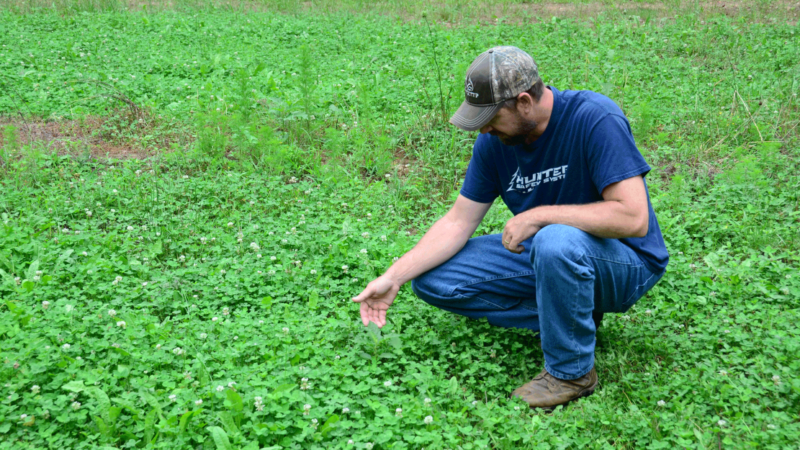
Use Lime
The first step to any food plot is to make sure your PH balance is ideal. We accomplish this by spreading lime. Most experts will agree that a “perfect” PH will be between 6.0 and 7.5.
The best time to spread lime is always yesterday. It takes lime a significant amount of time to affect the soils and PH, at a minimum 90 days and sometimes up to a year. I have seen measurable results after 90 days of spreading, but the earlier the better.
If you plan to plant in the spring, the previous summer or fall is always ideal for spreading lime. One other recommendation is to use powdered lime instead of pelletized lime. Pelletized is tempting because it is much easier to work with, but it takes significantly longer to dissolve into the soil and affect your PH level.
You can send soil samples off to your local agricultural Co-Op for testing, and they can tell you the exact amount of lime to spread per acre for your plot. To give you an example, I typically spread 1.5 tons per acre to start on my properties, and then re-apply the following spring based on the results of my tests.
I accomplish spreading lime with an inexpensive drop spreader (about $200) from www.northerntool.com that works excellent for spreading lime.
You can tow it behind your lawn tractor or quad easily. I have spread several tons of lime per year through mine, and used it many years in a row now, and it just keeps going.
Mowing & Spraying Your Food Plots
Before you can break ground to prepare you new plot, you will need to prepare the area first. Depending on how mature the native growth is on the area, you may want to mow first if it is any taller than knee height.
After mowing, give it a couple of weeks to green up and look healthy again before spraying, as Glyphosate (generic RoundUp) works best on healthy green plants. Spraying glophosate will kill off the unwanted growth and root structure to make sure you don’t have competing plants in your plot.
I typically use a $20 hand pump sprayer, however one day will drop the $ for a towable boom sprayer for behind the lawn tractor. After spraying, I typically will give it 2-3 weeks to die and rot down a bit before discing.
If you are doing a spring planting, it may be best to mow/spray the fall before you intend to seed, so it can rot down over the winter.
Discing Your Food Plots
Now it’s time to prepare your seed bed. I feel it is best to make sure you disc at a time when you can seed immediately after.
You don’t want an exposed fresh seed bed sitting around for too long, otherwise you will end up with native seed getting in before your plot seed and competing for nutrients and sunlight.
If you happen to have a small tractor, you can purchase a disc for $400-$600 depending on how big you want to go and how much ground you have to cover.
I personally have a 5’ wide disc with a 3 point hitch for behind a small tractor. This allows me to cover more ground much quicker, but you can just as easily use a small tow behind disc for a quad.
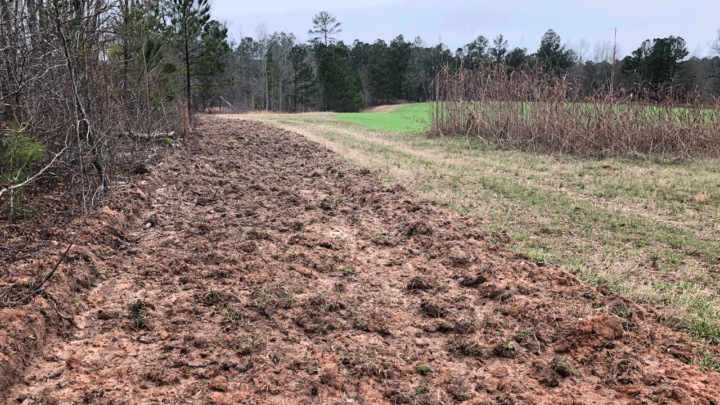
Food Plot Fertilizer
When it comes to fertilizer, it is VERY important to know what types of seed you intend to plant. Different plant types like different types of fertilizer. It is also important to know how to identify what is in the fertilizer.
Most fertilizers will have a set of 3 numbers on them, such as 10/10/10. Fertilizer is typically made up of nitrogen, phosphorus, and potassium. These numbers equate to the amounts of each (in that order) that is in that particular blend of fertilizer.
Clover (my personal favorite perennial) has little or no need for nitrogen. Because of this I tend to pick a 0-20-20 blend of fertilizer for my clover plots. Rely on your soil testing results to tell you the amount of fertilizer to apply in a given area.
I most recently applied 300lbs of this fertilizer per acre to my clover plots, and then did another 100lbs per acre spread with a hand broadcast spreader 30 days after seeding.
Your initial spreading can be made with the same drop spreader described above in the lime section of this article.
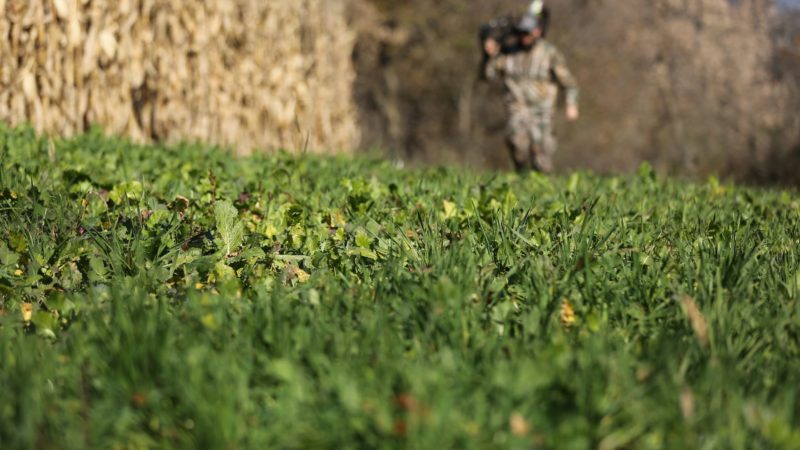
When To Seed Food Plots
The most important thing to remember when seeding is that proper seed depth is critical. You cannot just disc seed in. Most food plot seeds do best when barely covered at all.
The best thing to do is spread before a rain storm, and allow the rain to drive the seed into the soil. You can also lightly cover your seed with a drag, or if you have the money, you can also use a cultipacker. I use a drag that I have made out of chain link fence with a heavy pipe zip tied to the back of it for weight.
I will typically spread seed with a hand broadcast spreader, and then use my drop spreader to apply fertilizer with a drag attached behind the spreader to lightly cover everything.
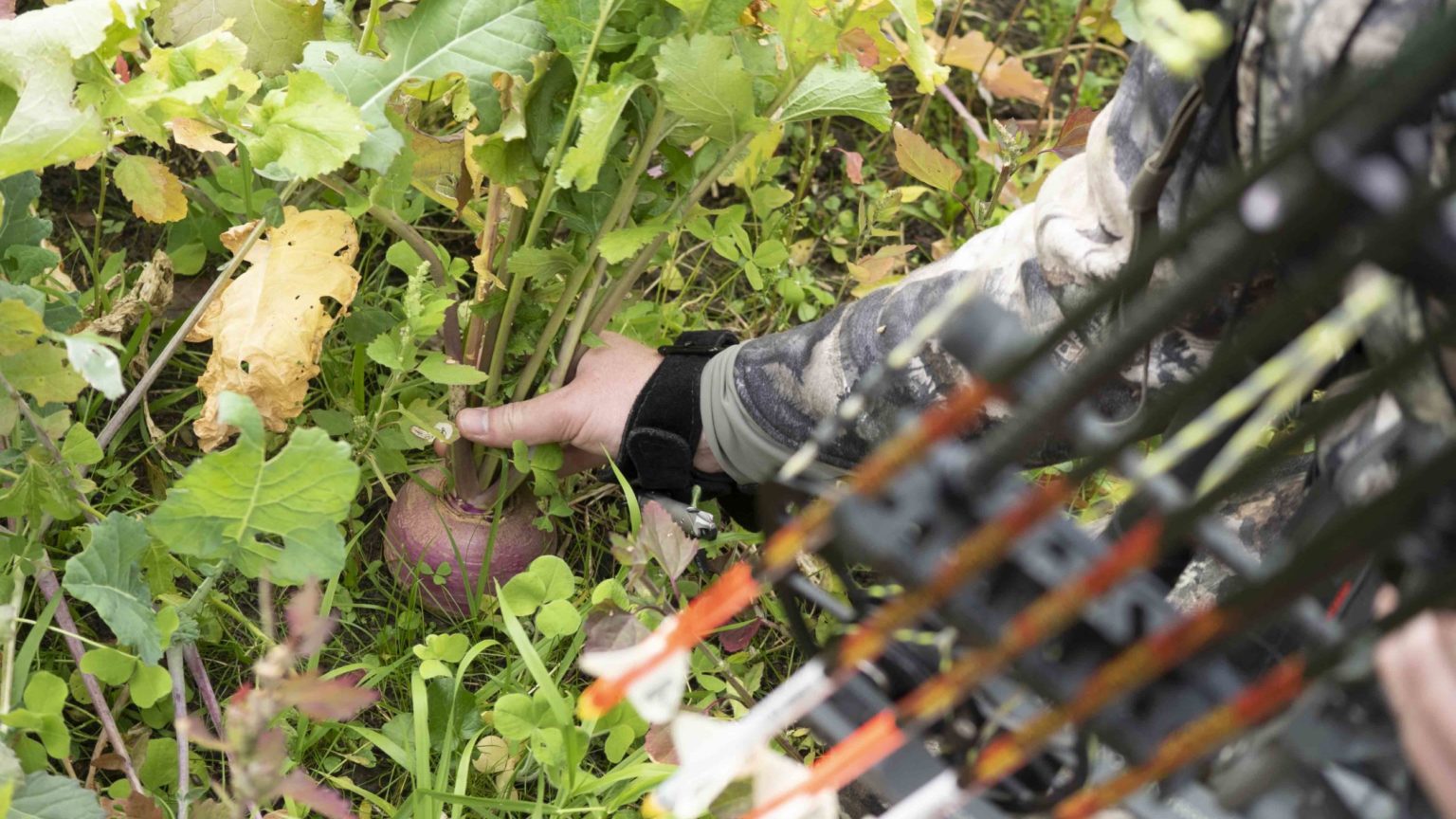
With a little luck with the weather, and a lot of hard work, you can end up with some great results and drastically improve the drawing power of your property with some food plots.

